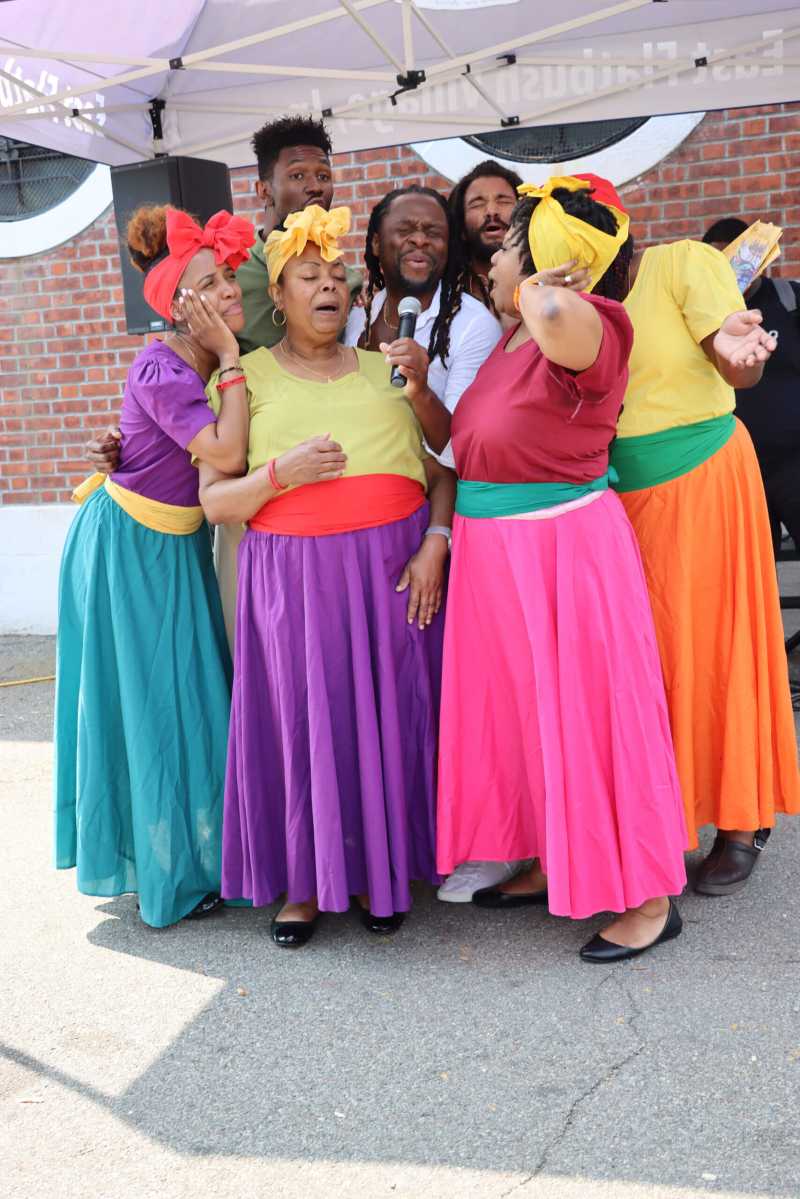
37th Avenue retail district (Google)
Aug. 8, 2019 By Allie Griffin
According to a new report on storefront vacancy, three Queens neighborhoods have healthy and robust retail economies and Jackson Heights has the lowest percentage of vacant storefronts among the 24 New York City neighborhoods studied in the report.
The report, titled Assessing Storefront Vacancy in NYC, released by the Department of City Planning (DCP) studied recent retail trends and storefront vacancies throughout the city by surveying shopping corridors in 24 neighborhoods across the five boroughs.
DCP analyzed 10,000 storefronts using third-party data based on on-the-ground surveys, as well as demographic, land use and real estate data and input from local business associations.
The study focused on continuous, pedestrian-oriented shopping corridors, excluding shopping malls and auto-oriented strips and studied trends from late 2017 to fall 2018.
Jackson Heights’ retail scene proved to be the most bustling with the lowest amount of storefront vacancies at just 5.1 percent. The neighborhood’s shopping corridor studied in the report included Roosevelt Avenue, 37th Avenue and Junction Boulevard.

Jackson Heights | DCP
The study found that while some neighborhoods have higher concentrations of vacancies, there is no overall trend city-wide. Reasons for these vacancies also differed based on neighborhood demographics and market trends and couldn’t be attributed to a single factor, according to the report.
A 5 to 10 percent vacancy rate is generally considered to be “healthy” by the industry, according to DCP.
The two other Queens neighborhoods surveyed were Laurelton and Astoria, which both had healthy rates of vacancy at 8.3 percent and 9.5 percent respectively. Merrick Boulevard was studied in Laurelton and Steinway Street, Broadway and 30th Avenue were the corridors studied in Astoria.
According to DCP, neighborhoods like the ones chosen in Queens — and generally in areas farther from Manhattan, appeared to benefit from solid customer bases and little market volatility.
However, the study points out that Astoria’s overall 9.5 percent storefront vacancy rate doesn’t capture the full picture from street to street.
Portions of Steinway Street have up to 18.1 percent vacancy, while 30th Avenue has just 7.5 percent vacancy, according to the report. It suggests that the decline in “dry retail” stores that sell items like clothing, furniture, books and electronics both on the block and citywide, has contributed to the higher number of empty storefronts. Meanwhile, 30th Avenue has become a restaurant corridor with businesses flowing.

Astoria | DCP
Astoria’s case study illustrates the larger retail trends observed in the report citywide. New Yorkers are buying their dry goods online as opposed to at retail stores, but are frequenting restaurants, bars and local services in growing numbers.
“In an ever-changing city where neighborhood shopping is an important facet of urban life, it’s crucial that we put as much reliable data as possible into the hands of business owners, residents, policy makers and elected officials. DCP’s research shows that the reasons for storefront vacancies are complex and varied and that solutions must be nuanced and targeted – or we may do more harm than good,” DCP Director Marisa Lago said. “And, encouragingly, our research also reveals that many community shopping districts are thriving.”
































